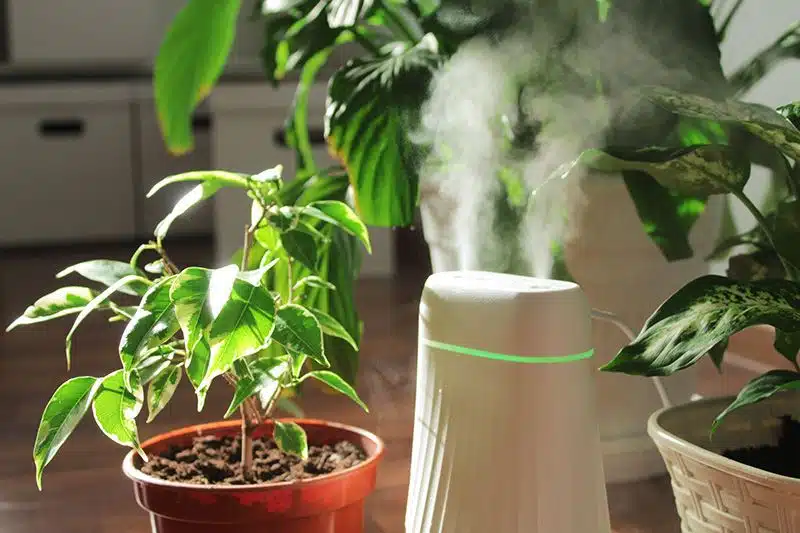
The quality of the air we breathe plays a crucial role in our overall health and well-being. While we often think of pollution as an outdoor problem, indoor air quality can also have a significant impact on our health. Understanding the sources of indoor air pollutants and how to mitigate them is essential for creating a healthy living environment.
Dust particles and dust mites are ubiquitous in indoor spaces and can trigger allergies and asthma symptoms in sensitive individuals.
Excess moisture in indoor environments can lead to the growth of mold and mildew, which release spores that can cause respiratory issues and aggravate existing conditions.
Pet owners may be familiar with pet dander, tiny flecks of skin shed by animals, which can accumulate in indoor spaces and trigger allergic reactions.
VOCs are chemicals emitted by household products such as paints, cleaning agents, and air fresheners. Prolonged exposure to VOCs can have adverse health effects.
Poor indoor air quality has been linked to various health problems, including allergies, asthma, respiratory infections, and even more severe conditions such as cardiovascular disease and cancer.
Good ventilation is essential for circulating fresh air and reducing indoor air pollutants. Opening windows, using exhaust fans, and installing air vents can help improve ventilation in indoor spaces.
Air purifiers equipped with HEPA filters can effectively remove airborne particles, allergens, and pollutants from indoor air, providing cleaner and healthier air to breathe.
Regular cleaning and maintenance of indoor spaces can help prevent the accumulation of dust, mold, and other pollutants. Vacuuming, dusting, and keeping humidity levels in check can significantly improve indoor air quality.
Understanding the sources of indoor air pollutants and implementing measures to improve indoor air quality is essential for safeguarding our health and well-being. By taking proactive steps to reduce exposure to indoor air pollutants, we can create a healthier and more comfortable living environment for ourselves and our families.
Regularly changing the filters in your air purifier is crucial for maintaining its effectiveness. Check the manufacturer’s recommendations, but generally, filters should be replaced every 3 to 6 months.
While indoor plants can help remove some pollutants from the air, their impact on indoor air quality is limited compared to air purifiers and proper ventilation. However, incorporating houseplants into your indoor space can still have aesthetic and psychological benefits.
Symptoms of poor indoor air quality can vary widely and may include coughing, sneezing, throat irritation, fatigue, headaches, and difficulty breathing. If you experience these symptoms regularly, it’s essential to investigate and address potential sources of indoor air pollution.
There are various indoor air quality monitors available on the market that can measure levels of pollutants such as particulate matter, VOCs, and humidity. Additionally, you can consult with professionals who specialize in indoor air quality testing for a comprehensive assessment.
While it may be tempting to keep windows and doors closed to conserve energy during the winter, proper ventilation is still essential for maintaining indoor air quality. Consider using trickle vents or opening windows periodically to allow fresh air to circulate.

Expert HVAC solutions keeping your South Florida home or business comfortable year-round.